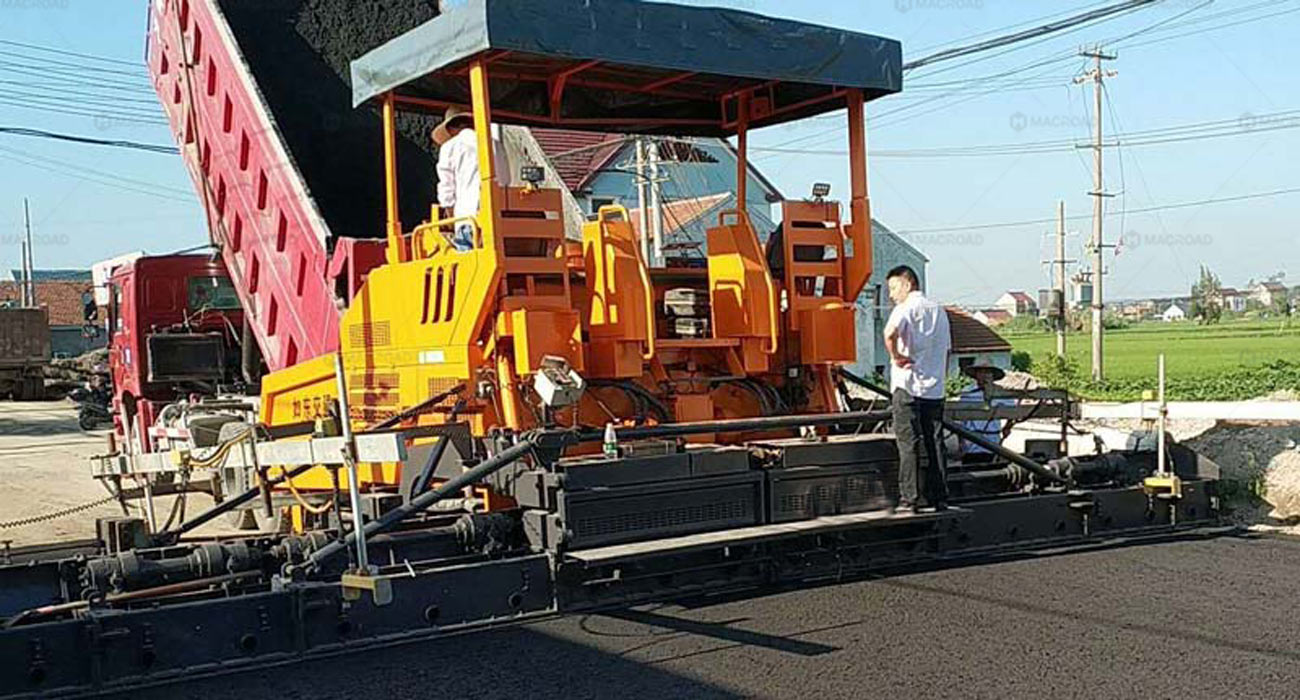Segregation in the paved layer, characterized by issues such as aggregate concentration and uneven asphalt distribution, poses significant challenges during the asphalt paving process. To address these problems, effective strategies involving asphalt distributors and road rollers can be employed. This article discusses how pre-spraying techniques and rolling methods can remedy or prevent segregation, enhancing the uniformity of the paved surface.

Pre-Spraying Strategies with Asphalt Distributors
One of the primary methods to combat segregation is the pre-spraying of emulsified asphalt by the asphalt distributor. This technique is particularly beneficial in areas prone to segregation, such as directly under the hopper discharge port. By increasing the pre-spraying amount of emulsified asphalt in these critical zones, the distributor can improve local bonding and create a more cohesive layer.
This targeted application not only enhances adhesion but also helps to mitigate the risk of aggregate concentration. When more asphalt is applied to areas that typically experience higher segregation, it promotes better distribution of materials and reduces the likelihood of uneven surfaces. Consequently, the initial efforts to correct segregation at this stage can have a significant impact on the overall quality of the paved layer.

Rolling Techniques to Alleviate Segregation
In addition to pre-spraying, the rolling techniques employed by the road roller play a crucial role in minimizing segregation. A gradient rolling method—starting with lighter pressure and slower speeds before progressing to heavier pressure and faster speeds—can effectively address secondary segregation of coarse aggregates. This approach allows for a gradual compaction process that promotes even distribution across the entire surface.
Moreover, the segmented adjustment of vibration frequency during the rolling process further enhances this technique. By varying the vibration settings, operators can effectively manage the movement of aggregates, ensuring that coarse materials are evenly integrated into the asphalt mix. This combination of methods helps to improve the uniformity of the paved layer, addressing issues that may arise due to varying aggregate sizes and densities.

Evaluating Effectiveness and Trade-Offs
The effectiveness of these remedial strategies in improving layer uniformity is notable. By employing enhanced pre-spraying techniques with asphalt distributors and advanced rolling methods, contractors can achieve a more consistent and durable paved surface. However, it is essential to consider the trade-offs in terms of cost and efficiency compared to controlling segregation at its source, such as optimizing the paver’s auger distributor.
While addressing segregation through asphalt distributors and road rollers can yield immediate improvements, these methods may involve additional material costs and time investment during the paving process. In contrast, optimizing the paver’s auger distributor can provide a more sustainable long-term solution by reducing segregation at the outset. This proactive approach may result in lower operational costs over time, although it may require upfront investment in technology and training.
Furthermore, companies like Macroad offer innovative solutions and equipment that can enhance both pre-spraying and rolling processes, providing contractors with tools to effectively manage segregation in asphalt paving. By leveraging advanced technology, operators can optimize their paving processes, ultimately leading to superior results.
Conclusion
In conclusion, preventing segregation in the paved layer during the asphalt paving process is achievable through effective pre-spraying strategies with asphalt distributors and advanced rolling techniques with road rollers. By increasing the pre-spraying amount of emulsified asphalt in segregation-prone areas and employing a gradient rolling method, contractors can significantly enhance layer uniformity. While these strategies offer immediate benefits, it is crucial to weigh the associated costs and efficiency against alternative methods of controlling segregation at the source. By integrating these techniques and considering long-term solutions, paving professionals can achieve high-quality asphalt surfaces that meet industry standards.
